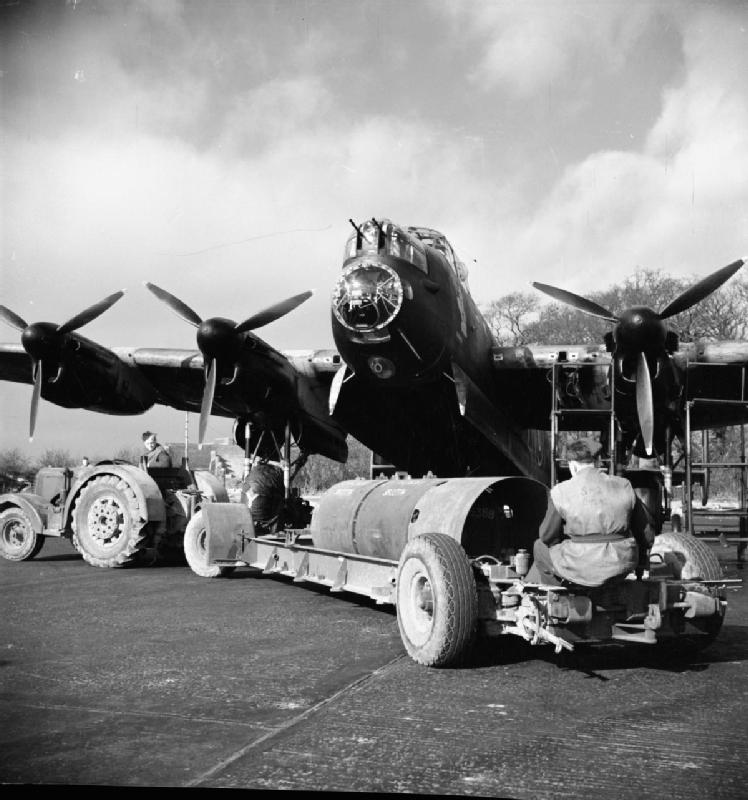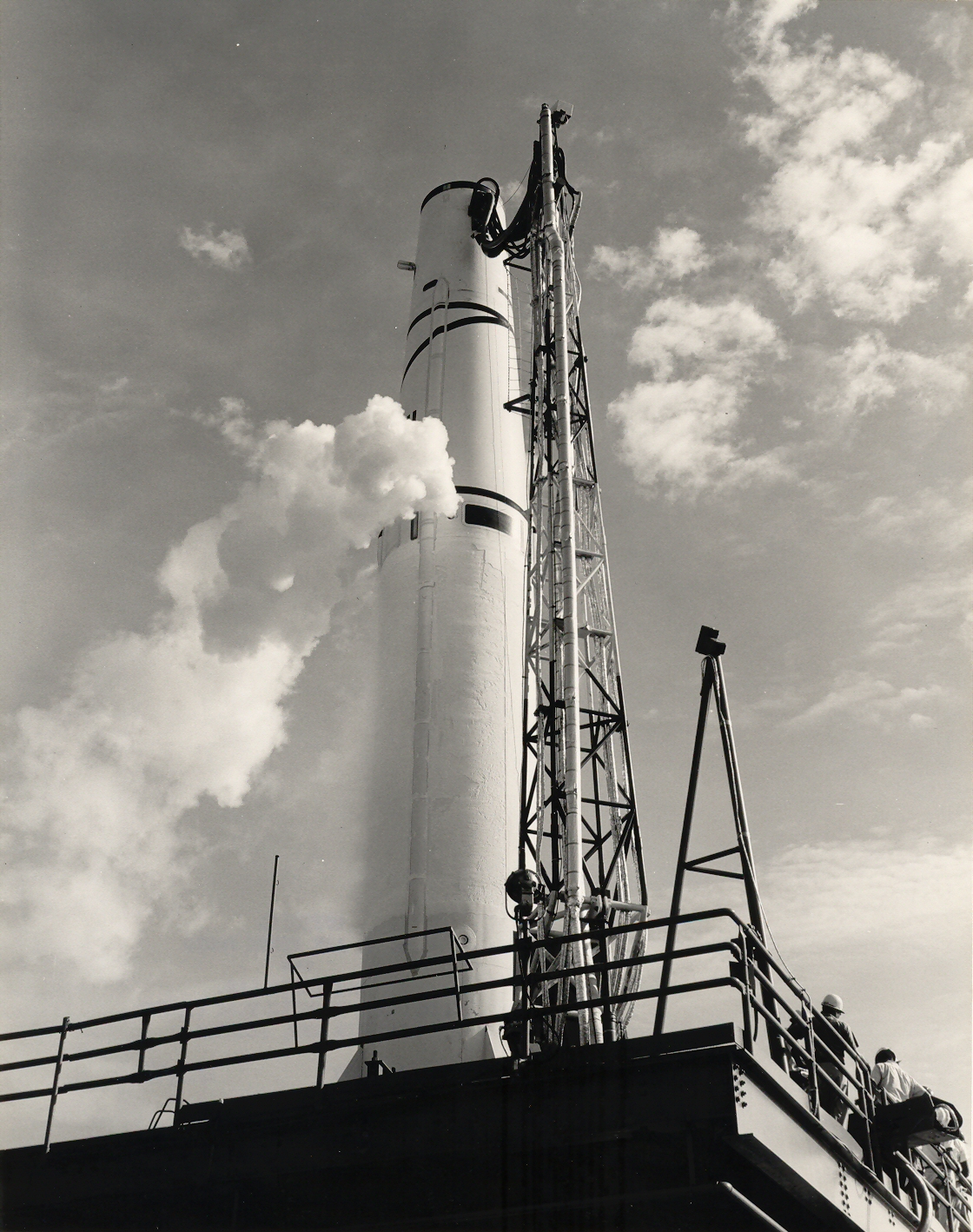No. 106 Squadron RAF on:
[Wikipedia]
[Google]
[Amazon]
No. 106 Squadron RAF was a

 After a short spell in early 1942 with
After a short spell in early 1942 with

Line drawings of aircraft operated
Royal Flying Corps
"Through Adversity to the Stars"
, colors =
, colours_label =
, march =
, mascot =
, anniversaries =
, decorations ...
and Royal Air Force squadron active from 1917 until 1919, throughout World War II and during the Cold War
The Cold War is a term commonly used to refer to a period of geopolitical tension between the United States and the Soviet Union and their respective allies, the Western Bloc and the Eastern Bloc. The term '' cold war'' is used because the ...
from 1959 until 1963.
History
Establishment and early service
Formed as No. 106 SquadronRFC
RFC may refer to:
Computing
* Request for Comments, a memorandum on Internet standards
* Request for change, change management
* Remote Function Call, in SAP computer systems
* Rhye's and Fall of Civilization, a modification for Sid Meier's Civ ...
, at Andover, Hampshire, on 30 September 1917. It was initially intended to be a corps reconnaissance squadron but after training in May 1918 it was not sent to the Western Front Western Front or West Front may refer to:
Military frontiers
*Western Front (World War I), a military frontier to the west of Germany
*Western Front (World War II), a military frontier to the west of Germany
*Western Front (Russian Empire), a majo ...
but to Ireland to help with the developing troubles there. It served in army co-operation and policing roles for eighteen months before being disbanded at Fermoy, on 8 October 1919. The squadron next appeared in June 1938, when it was re-formed as No. 106 (Bomber) Squadron.
Reformation and World War II
The squadron reformed on 1 June 1938 at RAF Abingdon<106 Squadron ORB AIR/27/831> from a nucleus provided by a flight from No. 15 Squadron. Initially equipped with Hawker Hinds, it began to receive Fairey Battles on 8 July before moving to No. 5 Group atRAF Thornaby
Royal Air Force Thornaby or more simply RAF Thornaby was a former Royal Air Force Station located near the town of Thornaby-on-Tees, in the North Riding of Yorkshire, England. Fighter Command, Bomber Command and Coastal Command all operated fro ...
on 1 September and, temporarily, moving to RAF Grantham
Royal Air Force Spitalgate or more simply RAF Spitalgate formerly known as RFC Grantham and RAF Grantham was a Royal Flying Corps and Royal Air Force station, located south east of the centre of Grantham, Lincolnshire, England fronting onto t ...
on 26 September before returning to Thornaby on 14 October 1938. From May 1939 the squadron began re-equipping with Handley Page Hampdens together with Avro Ansons to assist in the conversion process. The squadron left RAF Thornaby
Royal Air Force Thornaby or more simply RAF Thornaby was a former Royal Air Force Station located near the town of Thornaby-on-Tees, in the North Riding of Yorkshire, England. Fighter Command, Bomber Command and Coastal Command all operated fro ...
on 19 August 1939 for armament training at RAF Evanton and, on 1 September, moved to RAF Cottesmore.
At the outbreak of the Second World War the squadron was flying Hampdens with No. 5 Group in a training role which continued up until 1 March 1941 when it reverted to front-line status and began regular night bombing operations against Fortress Europe, flying its first bombing raid on Cologne, although it had taken part in some minelaying prior to that.

 After a short spell in early 1942 with
After a short spell in early 1942 with Avro Manchester
The Avro 679 Manchester was a British twin-engine heavy bomber developed and manufactured by the Avro aircraft company in the United Kingdom. While not being built in great numbers, it was the forerunner of the famed and vastly more successful ...
s, No. 106 Squadron started replacing them with Avro Lancaster
The Avro Lancaster is a British Second World War heavy bomber. It was designed and manufactured by Avro as a contemporary of the Handley Page Halifax, both bombers having been developed to the same specification, as well as the Short Stirlin ...
s in May, but it did not convert completely to Lancasters before some of the squadron's Manchesters had participated in the thousand-bomber raids on Cologne, Essen
Essen (; Latin: ''Assindia'') is the central and, after Dortmund, second-largest city of the Ruhr, the largest urban area in Germany. Its population of makes it the fourth-largest city of North Rhine-Westphalia after Cologne, Düsseldorf and D ...
and Bremen
Bremen (Low German also: ''Breem'' or ''Bräm''), officially the City Municipality of Bremen (german: Stadtgemeinde Bremen, ), is the capital of the German state Free Hanseatic City of Bremen (''Freie Hansestadt Bremen''), a two-city-state consis ...
during the summer of 1942. In October it contributed ten Lancasters to No. 5 Group's low-level epic dusk raid on the Schneider Works at Le Creusot and two more, one of them piloted by commanding officer
The commanding officer (CO) or sometimes, if the incumbent is a general officer, commanding general (CG), is the officer in command of a military unit. The commanding officer has ultimate authority over the unit, and is usually given wide latitu ...
Guy Gibson, to a subsidiary raid on Montchanin.
In June 1943 it took part in the first " shuttle bombing" raids on Friedrichshafen and La Spezia
La Spezia (, or , ; in the local Spezzino dialect) is the capital city of the province of La Spezia and is located at the head of the Gulf of La Spezia in the southern part of the Liguria region of Italy.
La Spezia is the second largest city ...
- code-named Operation Bellicose
Operation Bellicose was an attack by Avro Lancaster bombers of the Royal Air Force on a German radar factory housed in the former Zeppelin Works at Friedrichshafen and the Italian naval base at La Spezia. It was the first shuttle bombing rai ...
- and the famous attack against the V-2 rocket research facility at Peenemünde. Among the targets attacked in 1944 were a coastal gun battery at Saint-Pierre-du-Mont and the V-1 flying bomb storage sites in the caves at Saint-Leu-d'Esserent.
In December 1944, it made a 1,900-mile round trip to bomb the German Baltic Fleet at Gdynia, while in March 1945, it was represented in the bomber force that so pulverised the defences of Wesel just before the Rhine crossing that Commandos were able to seize the town with only 36 casualties. In April 1945, came the last of the squadron's operations of the war – a bombing raid on an oil refinery at Tønsberg in Norway, and a simultaneous minelaying expedition in the Oslofjord.
During World War II, No. 106 Squadron operated on 496 nights and 46 days, flying 5,834 operational sorties. In so doing it lost 187 aircraft – a percentage loss on sorties flown of 3.21 – but on the credit side its gunners claimed 20 enemy aircraft destroyed, 3 probably destroyed and 29 damaged. A total of 267 decorations were won by the squadron, including a Victoria Cross awarded to Sergeant Norman Cyril Jackson
Norman Cyril Jackson Victoria Cross, VC (8 April 1919 – 26 March 1994) was a sergeant in the Royal Air Force (RAF) who earned the Victoria Cross during a Second World War bombing raid on Schweinfurt, Germany in April 1944.
Early life
Born in ...
for conspicuous bravery during an attack on Schweinfurt on 26/27 April 1944.
After VE Day, No. 467 Squadron RAAF arrived at RAF Metheringham
Royal Air Force Metheringham or more simply RAF Metheringham is a former Royal Air Force station situated between the villages of Metheringham and Martin, North Kesteven, Martin and south east of the county town Lincoln, England, Lincoln, Lincol ...
to train with No. 106 Squadron for the planned invasion of Japan but the end of the war made this redundant and the squadron was used to fly POW
A prisoner of war (POW) is a person who is held captive by a belligerent power during or immediately after an armed conflict. The earliest recorded usage of the phrase "prisoner of war" dates back to 1610.
Belligerents hold prisoners of war ...
s and troops home, principally from Italian bases, until it finally disbanded at Metheringham on 18 Feb 1946.
Post war reformation
The squadron was reformed – as 106(SM) Sqn. – on 22 July 1959 as one of 20 Strategic Missile (SM) squadrons associated with Project Emily. The squadron was equipped with three PGM-17 Thorintermediate-range ballistic missile
An intermediate-range ballistic missile (IRBM) is a ballistic missile with a range of 3,000–5,500 km (1,864–3,418 miles), between a medium-range ballistic missile (MRBM) and an intercontinental ballistic missile (ICBM). Classifying ba ...
s and based at RAF Bardney. In October 1962, during the Cuban Missile Crisis
The Cuban Missile Crisis, also known as the October Crisis (of 1962) ( es, Crisis de Octubre) in Cuba, the Caribbean Crisis () in Russia, or the Missile Scare, was a 35-day (16 October – 20 November 1962) confrontation between the United S ...
, the squadron was kept at full readiness, with the missiles aimed at strategic targets in the USSR. The squadron was disbanded on 24 May 1963, with the termination of the Thor Program in Britain.
Aircraft operated

Line drawings of aircraft operated
Bomber Command World War II Bases
See also
* List of Royal Air Force aircraft squadrons *List of UK Thor missile bases
Project Emily was the deployment of American-built Thor intermediate-range ballistic missiles (IRBMs) in the United Kingdom between 1959 and 1963. Royal Air Force (RAF) Bomber Command operated 60 Thor missiles, dispersed to 20 RAF air stations ...
References
Bibliography
*External links
{{RAF squadrons 106 Squadron 106 Squadron